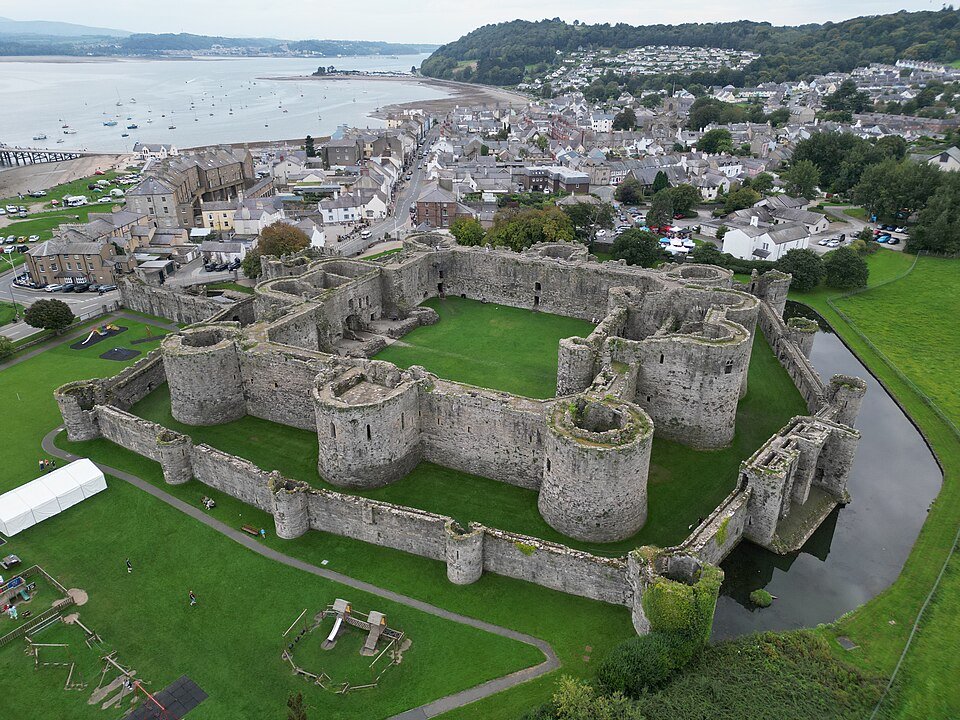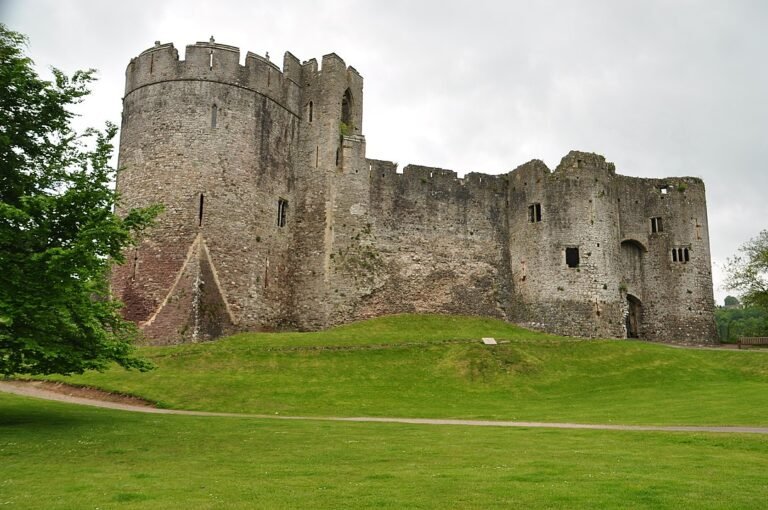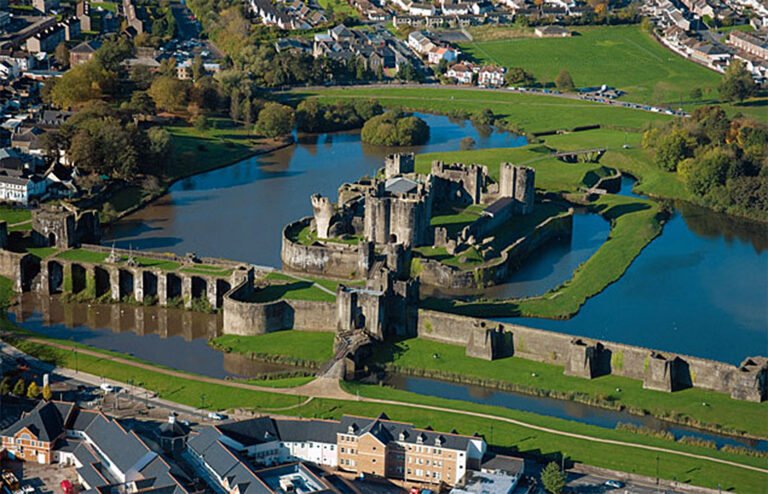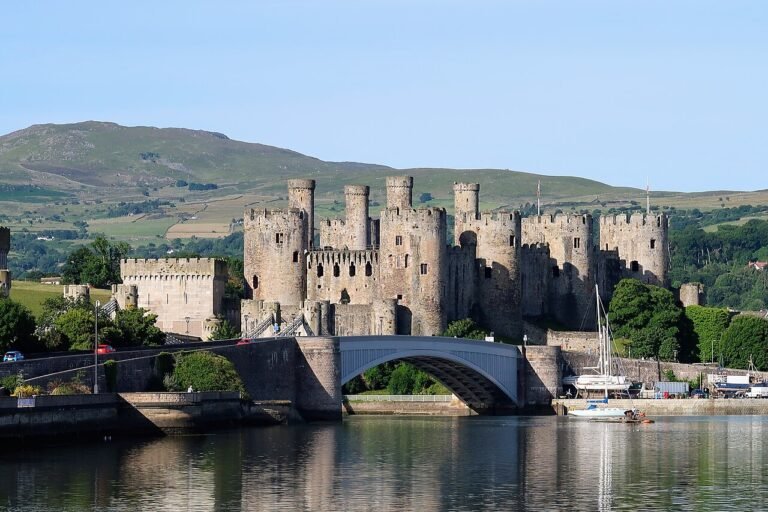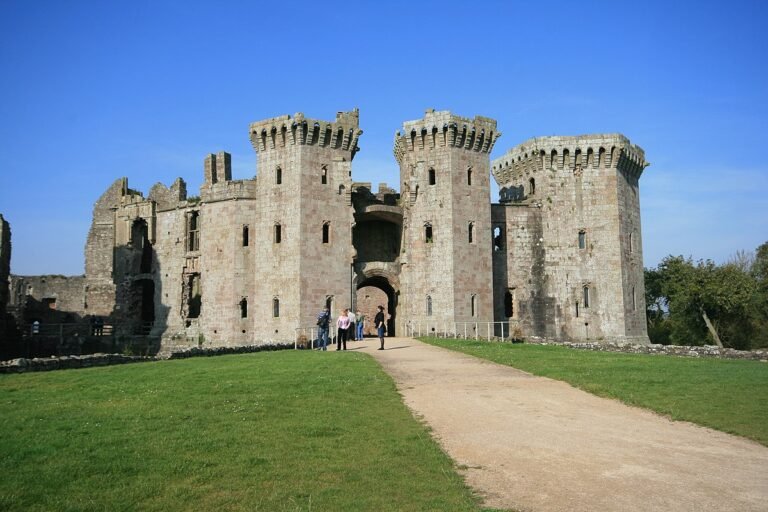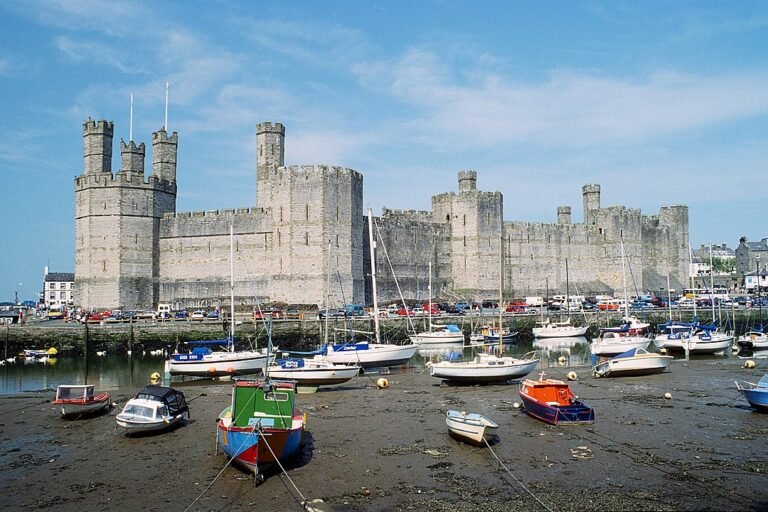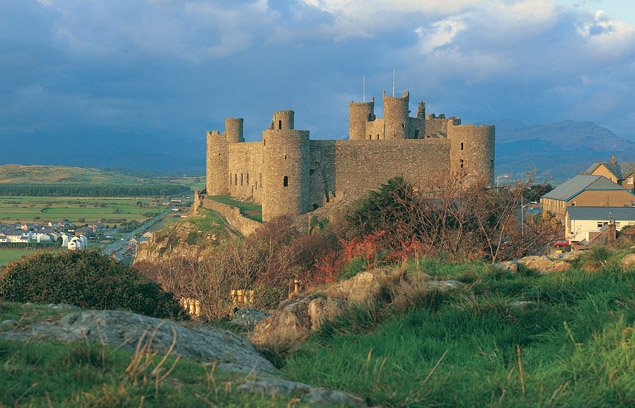Beaumaris Castle: Exploring the Last and Greatest of Edward I’s Iron Ring
Introduction to Beaumaris Castle
Beaumaris Castle, located on the Isle of Anglesey in North Wales, is often hailed as the most technically perfect medieval castle in Britain. Conceived by King Edward I in 1295 as part of his conquest of Wales, the castle was designed by the famed military architect Master James of St George. Despite its formidable design and strategic purpose, Beaumaris Castle was never fully completed. Nevertheless, it stands today as a UNESCO World Heritage Site and a must-see for history lovers, architecture enthusiasts, and curious travellers alike.
Beaumaris Castle: Architectural Significance
Beaumaris Castle represents the pinnacle of concentric castle design, featuring an outer and inner wall, each punctuated by a series of formidable towers. Its symmetrical layout, perfect geometry, and comprehensive defences, including a moat connected to the sea, make it a masterclass in medieval fortification.
- Started: 1295
- Architect: Master James of St George
- Status: Incomplete but structurally intact
- UNESCO Status: Part of the “Castles and Town Walls of King Edward in Gwynedd” World Heritage listing
Why Visit Beaumaris Castle?
Whether you’re a solo adventurer tracing historical footsteps, a couple seeking romantic ruins, or a family introducing children to Britain’s rich past, Beaumaris offers something unique. The site is serene yet impressive, offering scenic views of the Menai Strait and Snowdonia, along with fascinating exhibits and walkways to explore.
Visitor Highlights
- Walk the towering curtain walls for panoramic views
- Explore the inner ward, gatehouses, and prison towers
- Interactive exhibits for children and curious minds
- Photography opportunities from the moat and drawbridge
Getting There and Practical Tips
How to Get to Beaumaris Castle
- By Car: Located in Beaumaris, Anglesey, via A545 from Menai Bridge (approx. 15 mins)
- By Bus: Regular services from Bangor to Beaumaris (approx. 40 mins)
- By Train: The Nearest station is Bangor; taxis or buses are available from there
Opening Hours & Tickets (2025)
- Open: Daily 10:00–17:00 (last entry 16:30)
- Closed: 24–26 December and 1 January
- Tickets: Approx. £10.50 adults, £7.30 children, family discounts available £33.60
Accessibility
- Partial wheelchair access
- Level paths around the moat and to the inner grounds
- Staff assistance available on request
Where to Eat and Stay
Food Options Nearby
- The Midland Tapas & Wine Bar: Mediterranean-inspired dishes in the heart of Beaumaris
- The Pier House Cafe: Family-friendly with sea views
- Ye Olde Bulls Head Inn: Historic pub with contemporary and traditional dining
Accommodation Options
- Bishopsgate House Hotel: Period charm close to the castle
- Château Rhianfa: Luxurious option overlooking the Menai Strait
- Camping/Caravan: Penrhyn Bay Caravan Park (approx. 15 mins drive)
Suggested Itineraries
1-Day Explorer
- Morning: Arrive in Beaumaris and visit the castle (2 hours)
- Lunch: Dine at The Pier House Cafe
- Afternoon: Explore Beaumaris Gaol or enjoy a boat trip on the Menai Strait
2-Day Historic Anglesey
- Day 1: Visit Beaumaris Castle and town
- Day 2: Tour nearby castles: Caernarfon and Conwy (1–1.5 hour drive)
Special Events and Experiences
- Summer reenactments and medieval fairs
- Evening tours during summer holidays
- Family activity days with crafts and storytelling
Castles of North Wales: A Broader Journey
Beaumaris Castle is part of a legendary group of Welsh fortresses, including Caernarfon, Conwy, and Harlech, each a masterpiece of medieval military architecture. Together, they form a compelling route for history-themed road trips across North Wales. This journey offers insights into the tension between English crown control and native Welsh resistance, making each visit educational and emotionally resonant.
FAQs about Beaumaris Castle
What makes Beaumaris Castle so famous?
Beaumaris Castle, perched on Anglesey’s shores, is often hailed as Edward I’s architectural masterpiece and is nicknamed “the greatest castle never finished.” Designed with near-perfect symmetry and featuring concentric defences – including a water-filled moat and its own dock, it exemplifies late 13th-century military artistry.
Why wasn’t Beaumaris Castle completed?
Construction began around 1295 under the guidance of Master James of St George, but Edward I’s expensive campaign in Scotland diverted funding, halting progress. Though some work resumed around 1306, the project never reached completion, and by about 1330 the castle remained unfinished despite substantial investment – a vivid reminder that even the grandest plans can lose steam.
Is Beaumaris Castle part of a World Heritage Site?
Yes! Beaumaris is included in the Castles and Town Walls of King Edward in Gwynedd, a UNESCO World Heritage Site since 1986. UNESCO recognises these castles as “the finest examples of late 13th-century and early 14th-century military architecture in Europe.”
What were the historical highlights of Beaumaris Castle?
Captured by Welsh forces during Owain Glyndŵr’s rebellion in 1403, it was retaken in 1405.
Used during the English Civil War in the 1640s, it escaped destruction, unlike many other castles, as Parliament feared a Scottish invasion.
Later became a romantic ruin admired by artists like Turner and visited by Victorian tourists, eventually being restored and preserved under Cadw.
Is the castle accessible? What facilities are available?
Yes! Beaumaris Castle is quite visitor-friendly:
Dogs on leads are welcome to explore the ground floor.
A portable hearing induction loop is available.
Terrain is rated Level 2 (Easy).
Accessibility guides and information are provided.
What does “Beaumaris” mean?
The name comes from the Norman-French “beau marais”, meaning “fair marsh,” a nod to its marshy setting beside the Menai Strait.
How do I get there?
Travel with ease:
By road: Via A545 (from Menai Bridge) or A5 (from Bangor).
By rail: The Closest station is Bangor (~9 miles away) on the Crewe–Bangor/Holyhead line.
By bus: Look for routes like 53, 57, or 58 between Bangor, Beaumaris, Llanddona, or Penmon.
